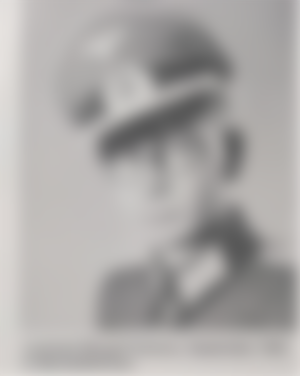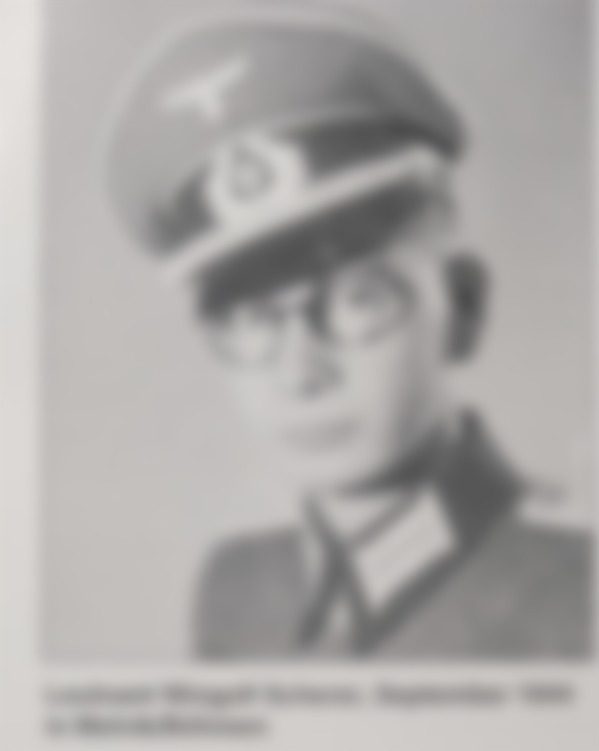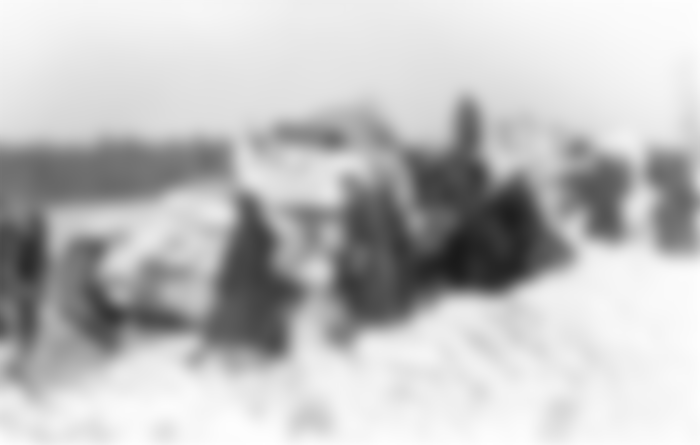Exactly 75 years ago, on December 15, 1944, Nazi Germany tried to reverse the outcome of an already lost war. The battle of the Ardennes did not bring a turning point to Hitler, but it sent many soldiers to their deaths a few days before Christmas.

Nine days before Christmas, then-20-year-old Wehrmacht lieutenant Wingolf Scherer lost hope of surviving the war alive.

His unit, stationed in the province of Eifel along the border with Belgium and Luxembourg, had just been ordered to march in the direction of the Ardennes: The Battle of the Ardennes had begun. "There was a doomsday atmosphere. He, along with nearly a quarter of a million German soldiers and hundreds of tanks, set out to attack U.S. troops.
Objective: to reconquer Antwerp in order to cut off allied troops from supplies. Hitler launched his last ordeal, 300,000 soldiers, 1,800 tanks, 2,400 aircraft. The offensive began at 5:30 a.m. with incessant German artillery fire. Scherer spent this first attack in deep snow at sub-zero temperatures. The artillery fire fascinated him so much that, he says, he “forgot” to freeze.

But the initial euphoria with the powerful German artillery subsided very quickly. “I heard a general tell his staff officer how‘ an idiot ordered an offensive, ’” Scherer recalls. The "idiot" of course means Adolf Hitler, who, as many times before, ignored the advice of experienced military advisers and ordered a suicide attack. "We had no information about the enemy, or how many there were or where they were stationed. We practically rushed into the battle blindly, ”Scherer says.

The peak of unpreparedness is the fact that the tanks remained standing after only 60 km of breakthrough because they no longer had fuel. The offensive subsided after only a week. After the end of the Battle of the Ardennes in late January, the front line returned to where it had started.
A crazy idea that cost tens of thousands of soldiers their lives. The Americans lost more troops in those few weeks than when they landed in Normandy a few months earlier. The losses of the Nazi army also enabled a faster penetration of the Soviets in the east towards Berlin.
German-American friendship!
Wingolf Scherer, however, experienced the end of the war. In early March 1945, near the West German city of Andernach, he surrendered to the Americans. An American officer of German descent, who spoke excellent German, made sure that Scherer was transferred to the hospital due to ill health.
After the war, this friendship of former enemies on the battlefield was maintained. Scherer's sons visited the American officer on several occasions. But he himself never wanted to return. "We invited him on several occasions. We offered him to take over the travel expenses for him and his wife, but he refused. As a former pilot, he did not want to return to the place where he killed people,

Former Lieutenant Scherer received his doctorate in German studies and set himself the task of maintaining the memory of the horrors of the Second World War. So far, he has written more than 20 books on military history and has organized a meeting of German and American military veterans.
Scherer, 96, is one of the few survivors of the Battle of the Ardennes. His message is more than relevant today. "Man is able to resolve conflicts peacefully. And the rapprochement of former war opponents helps not only to return to everyday life, but also to ensure that something similar never happens again."




